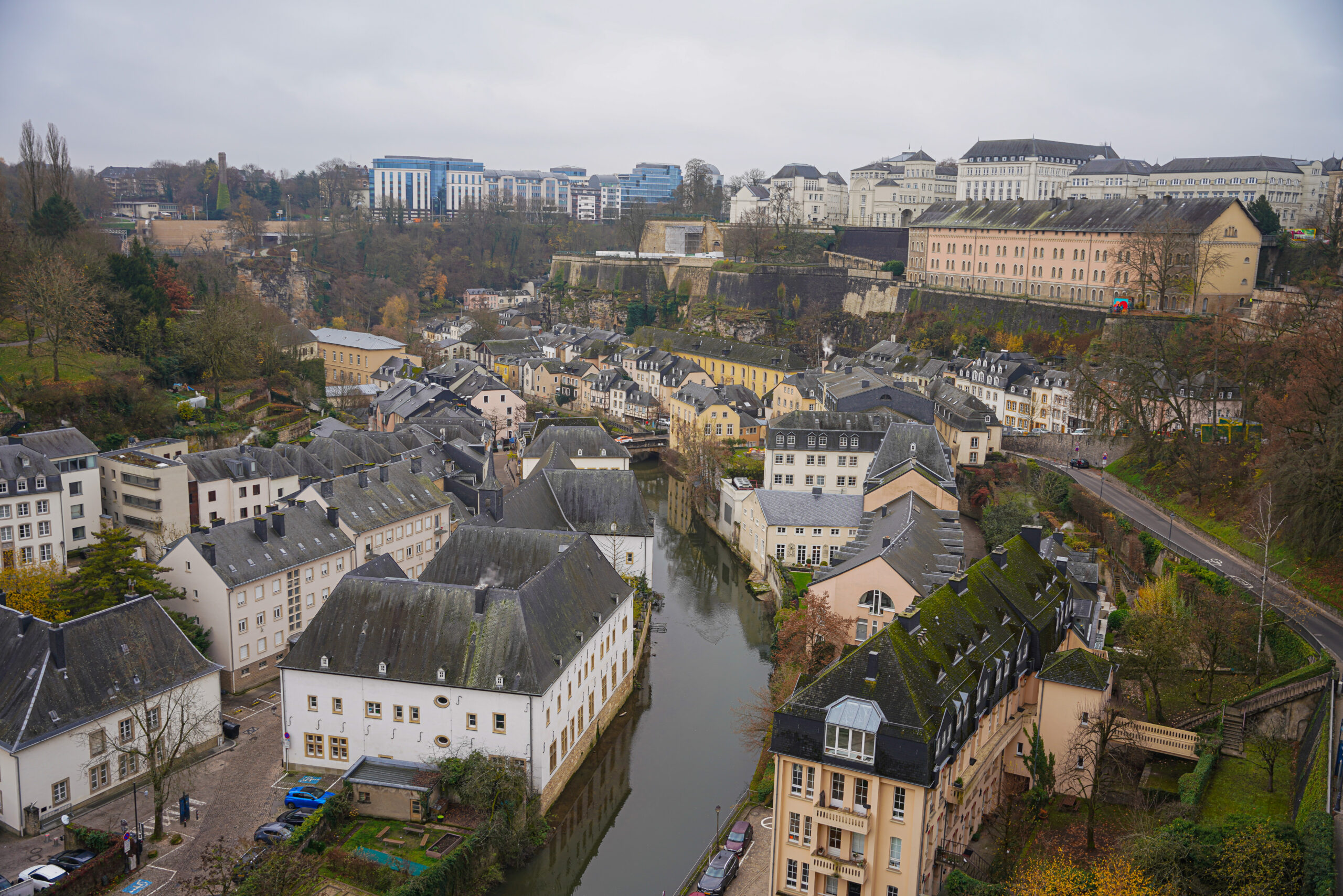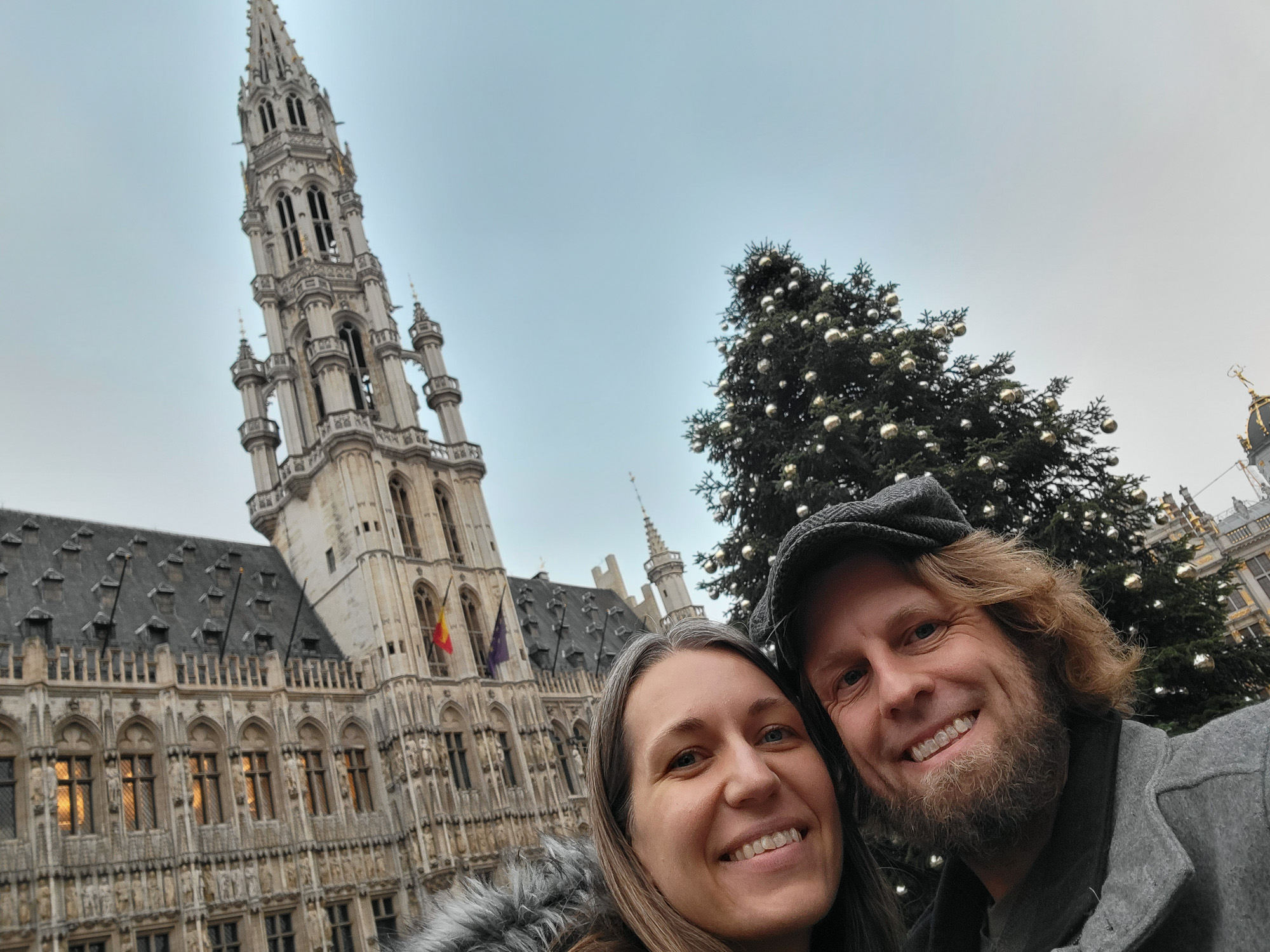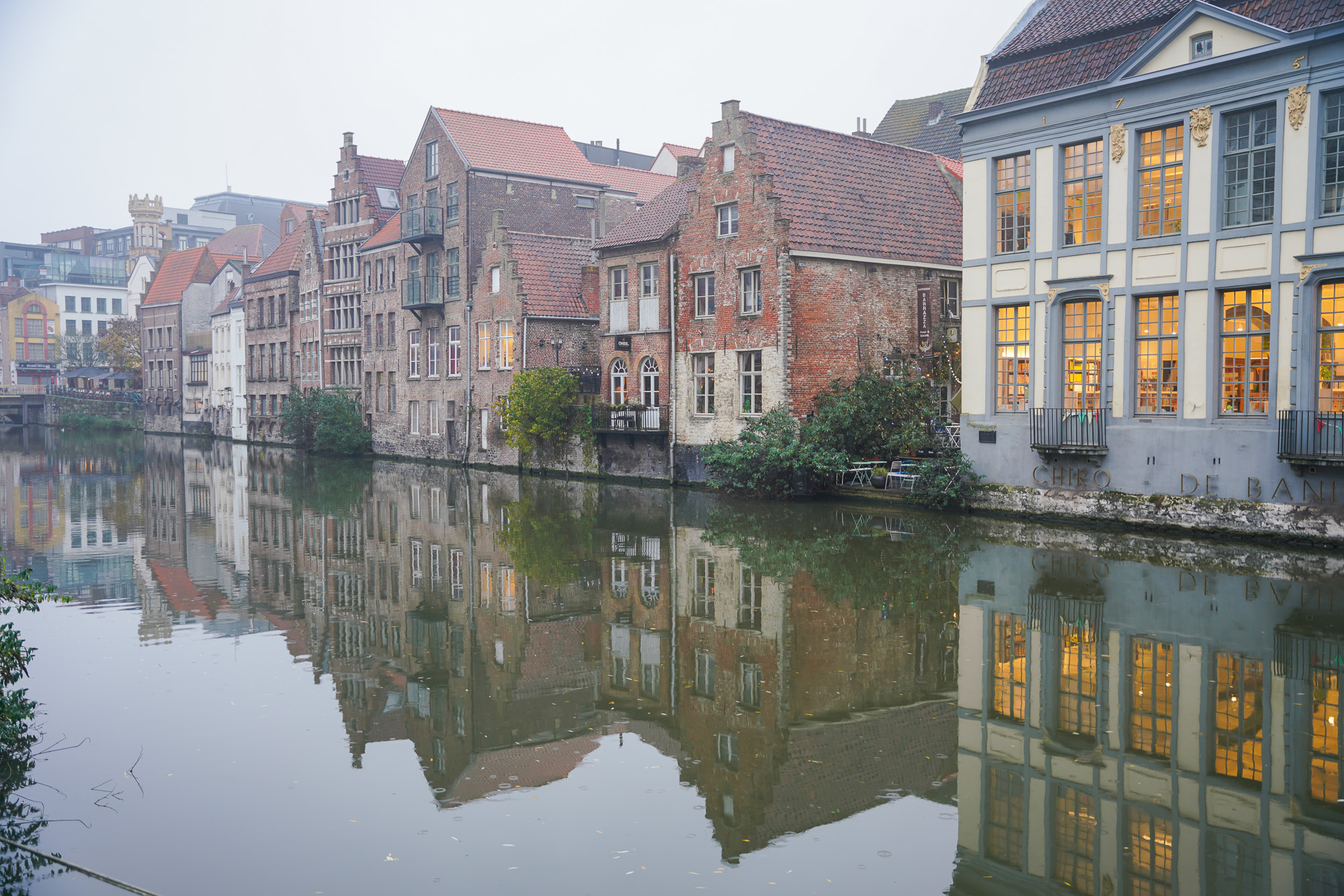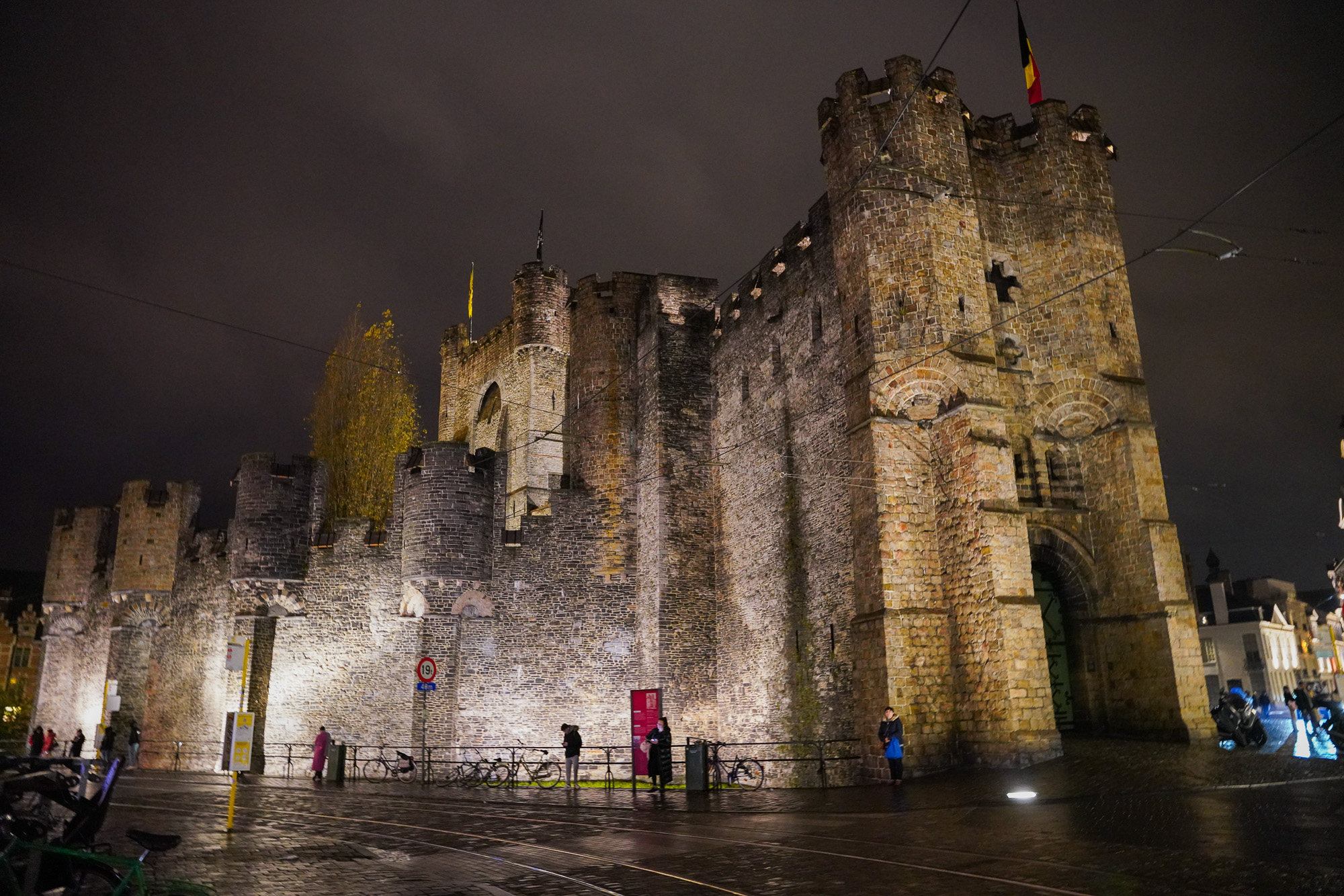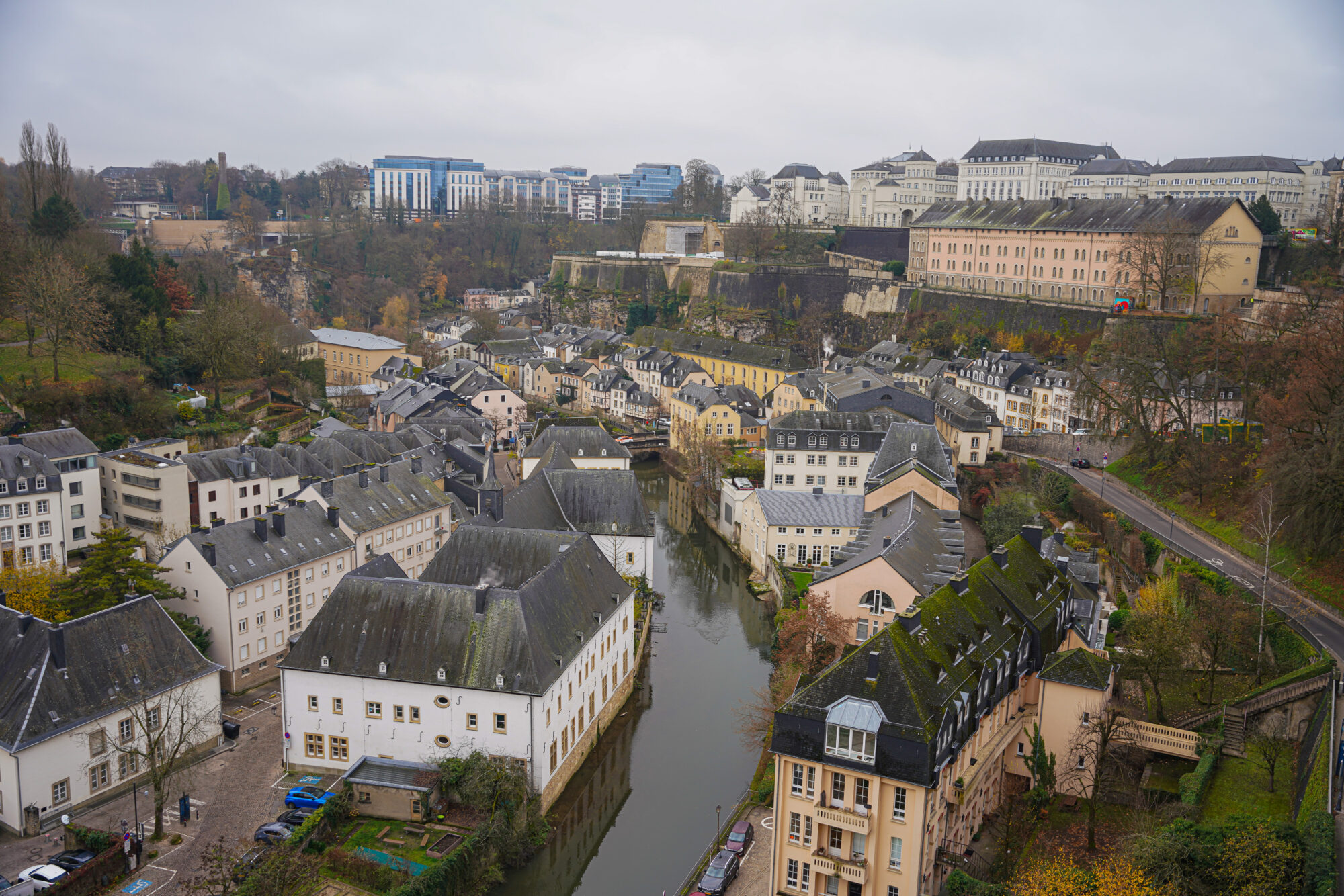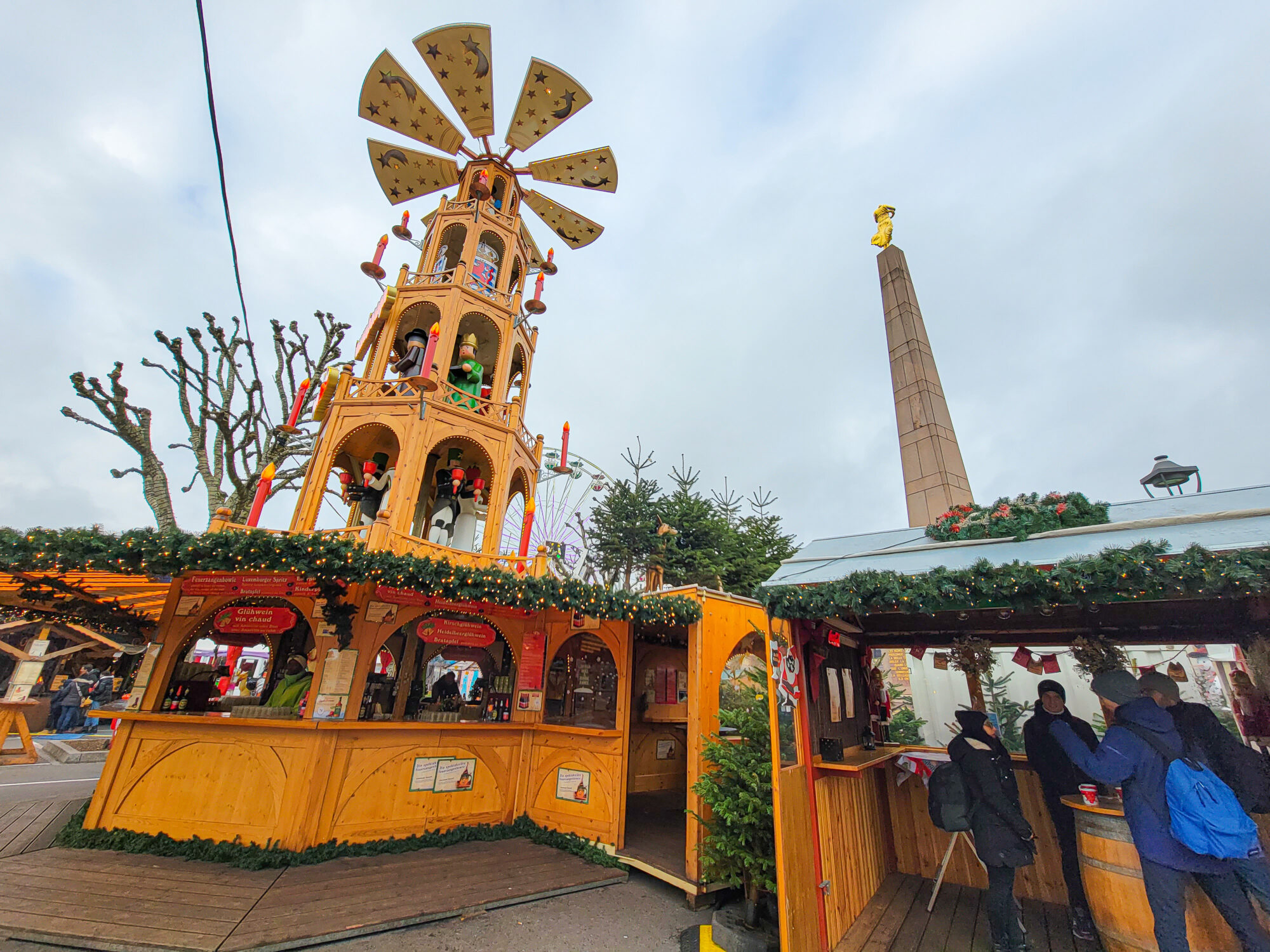Published by Jeremy. Last Updated on January 11, 2024.
Disclaimers: Our site uses demographic data, email opt-ins, display advertising, and affiliate links. Please check out our Terms and Conditions for more information. Listed prices and attraction details may have changed since our visit and initial publication.
When we decided to go to Belgium and Luxembourg on vacation, we knew we would rent a car. Part of this was because we wanted to visit many Belgian breweries and buy beer at Westvleteren. The other part was that reaching Luxembourg City without a car looked like a headache due to transfers.
Ultimately, we really loved having a car to drive around these two countries, and after our experience driving around Brussels, Ghent, rural Belgium, rural Luxembourg, and Luxembourg city, we have some tips to share!
Don’t worry, driving in Belgium and Luxembourg is nothing like our experience driving in Tuscany!
- Note: Historically we would include photos of our vehicle and notable driving concerns in articles like these. However, as it was incredibly easy to drive in these countries we found ourselves without any good photos to share for illustration purposes. Instead, we are featuring some fun photos of what we saw in Belgium and Luxembourg in this one.
✈️ Book Your Next Trip
- • Planning a trip? Find a flight deal.
- • In need of a room? Check out hotel and apartment prices.
- • Taking a cruise? Find a cruise itinerary for your journey.
- • Don't overlook picking up a rental car or day tours as well!
Easy Driving in Belgium and Luxembourg
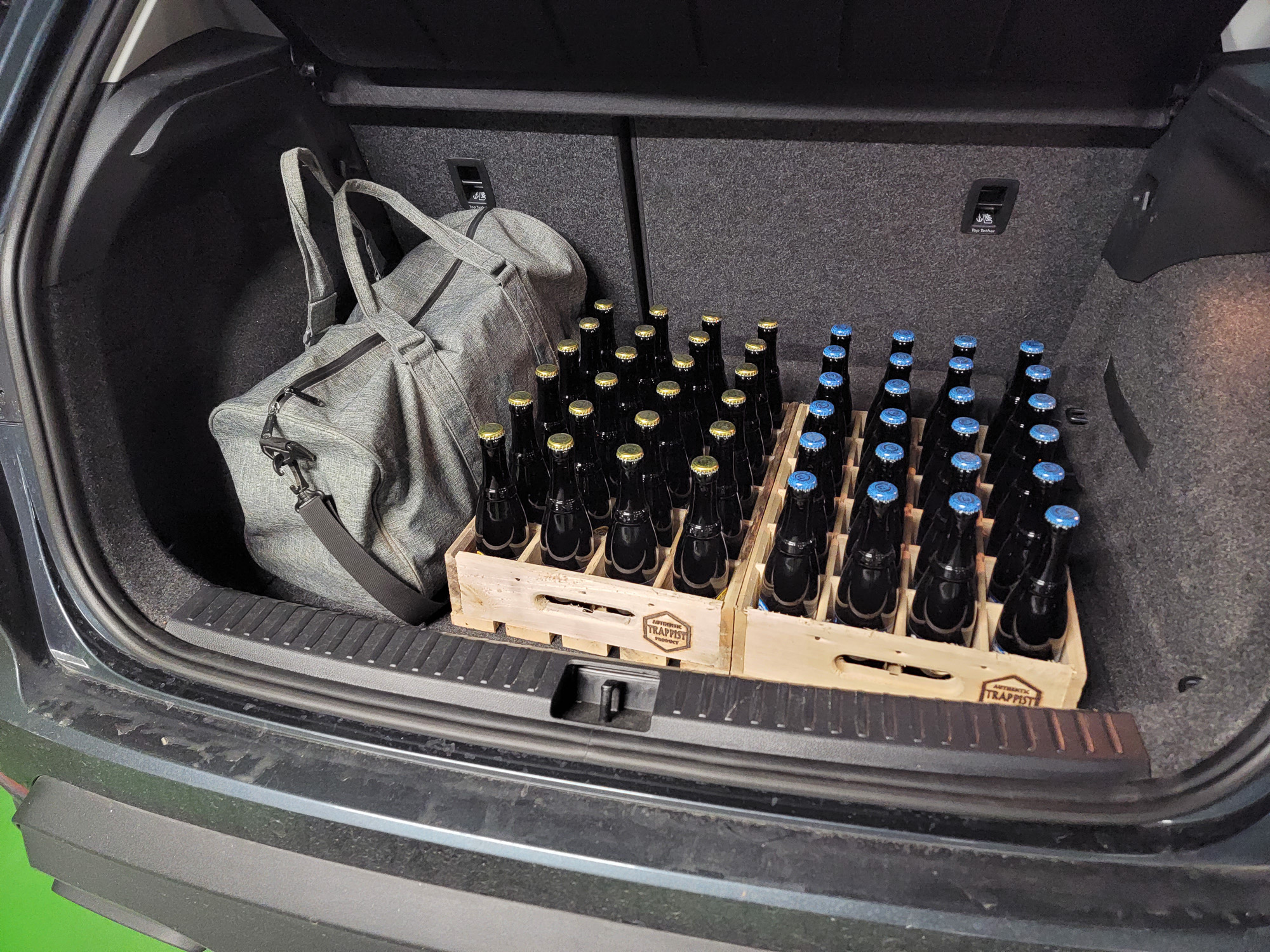
We have to admit, as far as driving in Europe is concerned, driving in Belgium and Luxembourg is a dream come true- it was one of the easiest destinations we have driven in to date.
Roads are well maintained, direction signs are plentiful, there are minimal “traps” like ZTL zones to hit travelers with obscure fees in old towns, and so on. That being said, there are many speed cameras all over the country, most of which are listed on Google maps, so just be sure to have a GPS enabled when driving around the country (and, of course, never speed).
The only real hassles we had when driving in Belgium and Luxembourg, if we stretched to find some, are that speed limit signs were few and far between and that no gas station we stopped at accepted credit card- only pin-based debit cards.
On the speed limit side of things, we often only saw signs when the limits changed (like going through a town from a country road). Broadly speaking, speed limits in Belgium are 30 km/h in most cities, 50 km/hr within “built-up” areas (any sort of town), 70 km/hr or 90 km/hr outside of that depending on the region, and 120 km/hr on freeways less construction or posted drops. In Luxembourg, it was 50 km/hr in cities and towns, 90 km/hr in rural areas, and 130 km/hr on the highway.
That being said, look up published speed limits before you go as the above data should be treated as a rough guideline only. Our GPS updated when we crossed borders and only sometimes displayed the speed limit on the car’s dashboard, so you must be careful here as signage is minimal.
The gas station experience was a trial and error process before we realized the machines only accepted pin-based cards. My chip card was declined several times, and it was only when toggling the pump information over to English and putting in a pin-based card did we realize this was the norm. Before we knew this, we went inside to pay cash on specific pumps, but some gas stations made this easier than others (highway gas stations were much more friendly to this than local ones).
Finally, it also felt like gas stations were few and far between outside of major cities. So always plan on filling up when you hit a half tank just to be safe, especially if you’re heading out for a long-distance drive!
Avoid Driving in Cities and Towns if You Can
While it is generally a best practice to avoid driving in major city centers everywhere in Europe, in Belgium and Luxembourg we can make two specific recommendations/observations.
First, compared to other countries, driving in the major city centers in Belgium and Luxembourg is, to be completely fair, not bad. While there are some walking street areas you may have to navigate around as roads are fully closed off to cars, both countries have limited restricted driving zones that we could tell.
Instead, most cities in Belgium are called Low Emission Zones (LEZ) where only newer vehicles are allowed to drive. This is a somewhat confusing program with stricter rules applying as the years go on. Our takeaway was that cars with Belgium plates that meet the current requirement are fine (our car company only had cars that met the LEZ requirement), but those who have a car with a non-Belgium plate or one that may not meet the LEZ standard may have to register online and/or pay a fee.
This may be worth double-checking when you pick up your car in Belgium and should be especially on your radar if you pick up a car outside of the country and are driving into Belgium.
- Please note that our understanding of LEZ laws is minimal at best. This process was incredibly confusing, so we are only speaking in broad terms to let you know this could be an issue for some drivers. When in doubt, talk to your car rental company for the best information.
Second, while you can easily drive through cities, we really have to advise against this. Part of this is only because pedestrian foot traffic in Belgium is staggering as is the biking culture at large. No matter what street you are on in the city centers, you can expect to deal with dozens upon dozens of pedestrians on foot or bike which results in an extra concern for drivers. It is manageable, but it is also not fun in the slightest.
So for those visiting cities, it is best to have your parking situation planned out well in advance of your arrival to minimize any unexpected issues. Find your route in, stick to it if you can, and park close to the city center if you are able while walking the rest of the way.
- In Ghent, we can’t say anything but high praise for the parking garage Sint-Michiels. While it was more expensive than others nearby, it was conveniently just outside of the Old Town, felt safe overall, was not as tight as other parking garages, and was a short walk from our accommodation. If you are staying nearby or visiting for a day trip, don’t hesitate to park here.
- In Brussels, there was a large garage right next to our hotel, Hilton Grand Place, with a private entrance to the hotel; however, we only parked to drop our luggage off and then returned our car to the train station. Pending the prices of other spots and proximity to your hotel, I would not hesitate to park here overnight; however, you could likely find other garages for less.
- In Luxembourg, we have to admit we stayed outside of Luxembourg City. So when we drove in for the day, we parked at Parking Monterey on the outskirts of the Old Town proper.
- It is worth noting if you are approaching the garage from the west side of Luxembourg City on Av. Monterey, Google Maps shows the parking garage on the left (north) side of the road (in the park) with an arbitrary “Parking” pin on the right (south) side about 50 feet left (west) just next to the Lambert Redoubt. The Parking Monterey pin is only an elevator and pay station and the generic parking pin on the right (south) side is the garage entrance. We had to circle once to try again as we did not realize this in advance and could not merge fast enough to make the entrance on our first pass.
- Parking Monterey was on the more expensive side of garages, so if you are staying in Luxembourg City overnight, we may consider parking elsewhere. For a day trip, we dealt with the price, but if you are parking for several days there may be cheaper alternatives.
A Requirement for Winter Driving in Luxembourg
We had a close call with one requirement we did not know about until arriving in Belgium, which is nearby countries of Luxembourg and Germany (plus others) require all vehicles to use winter or all-weather tires if driving in snow and ice conditions.
We had only booked a standard car for our visit, and we were blissfully unaware of this law until we went to pick up our car and our agent asked if we were taking it outside of Belgium. We were told that if police checked tires in Luxembourg (and Germany) during icy conditions, you could receive a fine, tow, or possibly both.
Thankfully the car rental company had vehicles with all-season tires, but it came with a surcharge of an extra $25/day- or about $175 for our rental period. Naturally, we never got checked anywhere in Luxembourg, and in fact, we missed any appreciable snow at all. But because this one is based on conditions and not set dates (at least in Luxembourg), it is hard to predict how much risk it really is.
So as we always err on the side of caution, we will simply say if you are driving in winter, be sure to look out if additional winter tire rules might apply before booking your rental car.
Overall, driving in Belgium and Luxembourg was quite easy, and we were pleasantly surprised with how little trouble we actually had. Yes, signage is minimal, pumping gas has its quirks, and the winter driving rule caught us off guard, but overall we would drive in these countries again without hesitation.
A little planning will go a long way here!
Have you driven in Luxembourg or Belgium? What did you think? Comment below to share!
Looking to rent a car for your time in Belgium and/or Luxembourg? Click here for a quote!
About Jeremy

About the Author: Jeremy is a full-time travel writer based in Pittsburgh and primary author of this site. He has been to 70+ countries on five continents and seeks out new food, adventure activities, and off-the-beaten-path experiences wherever he travels.
